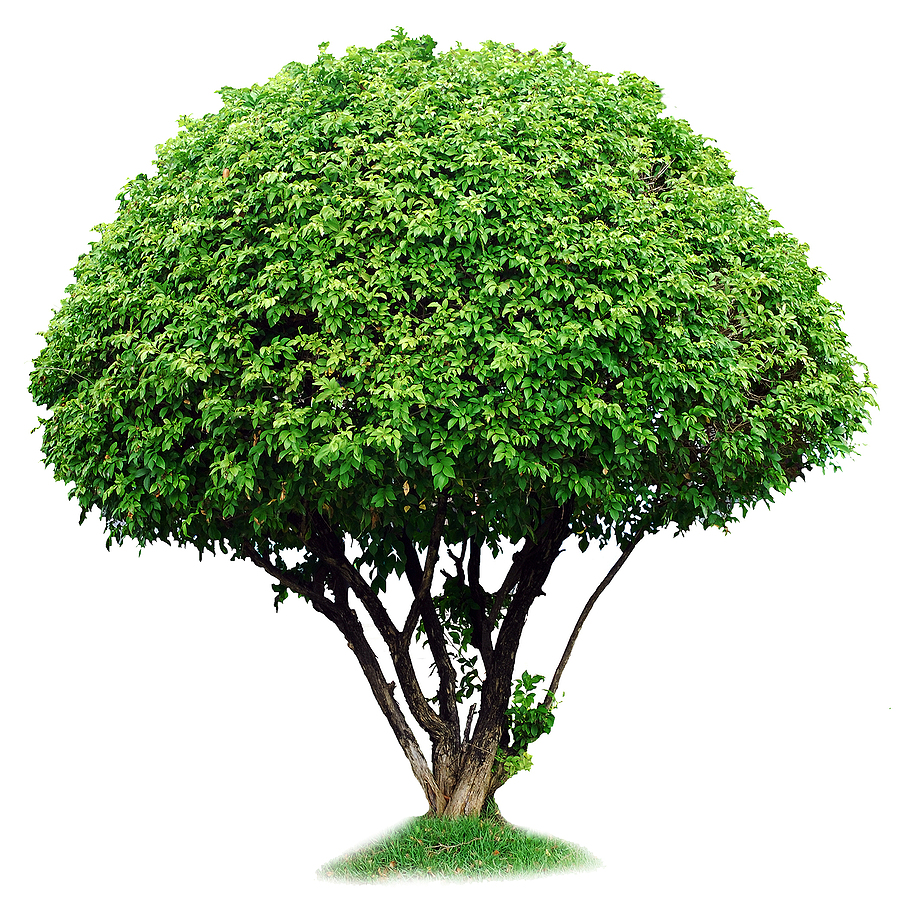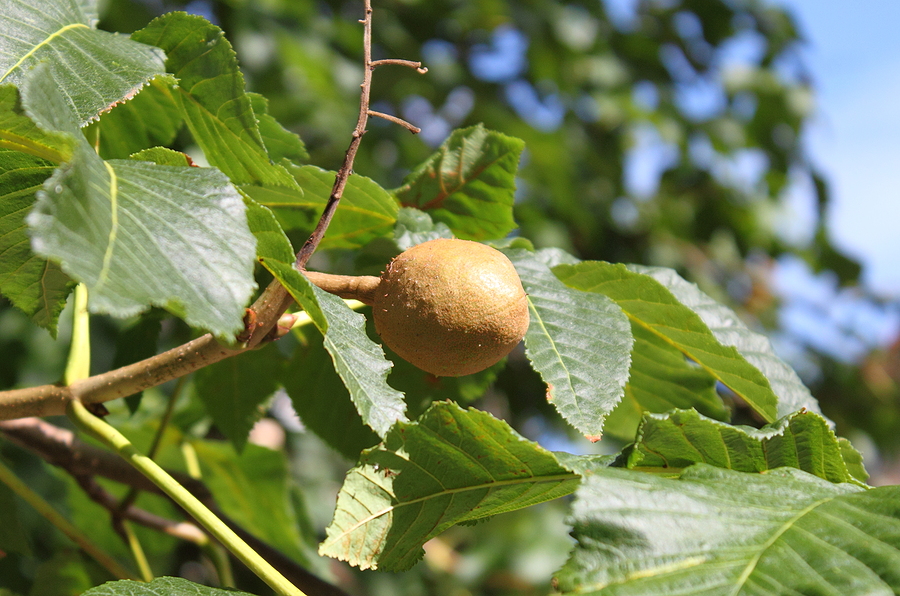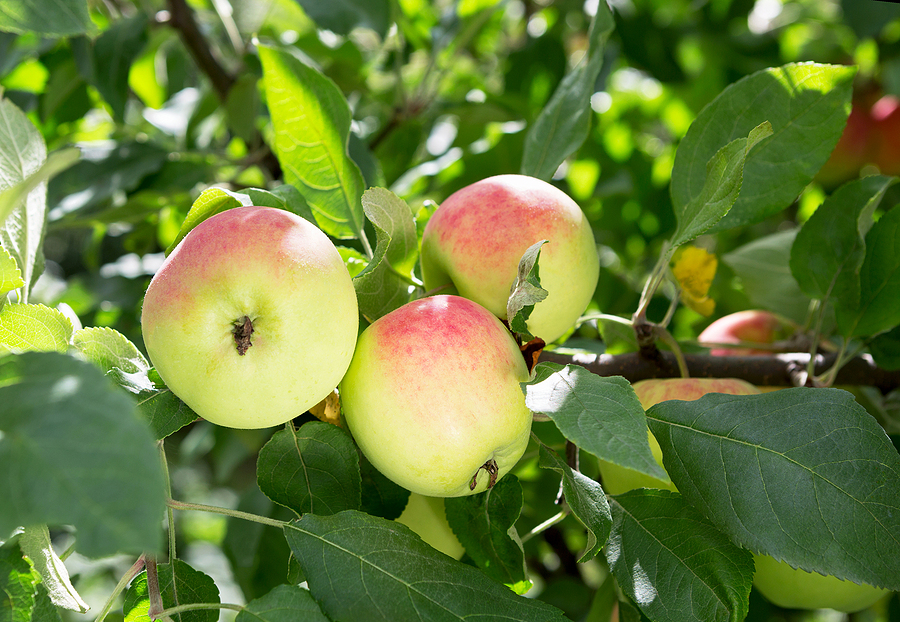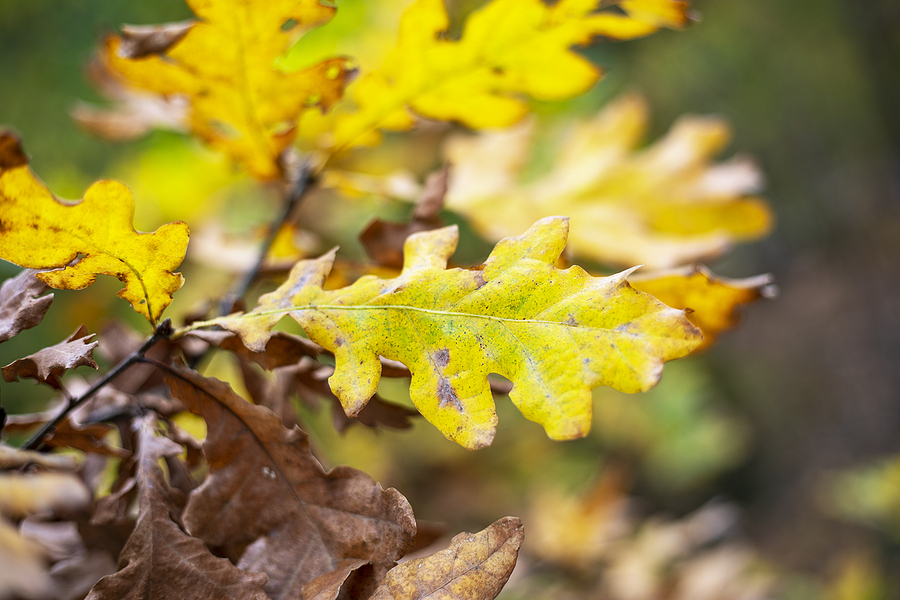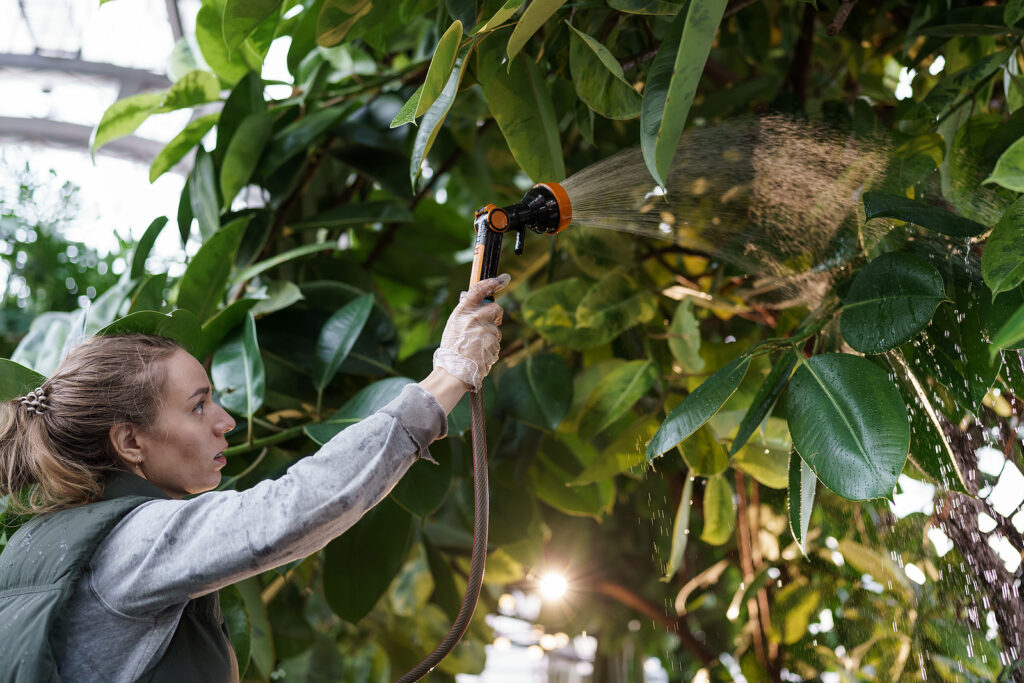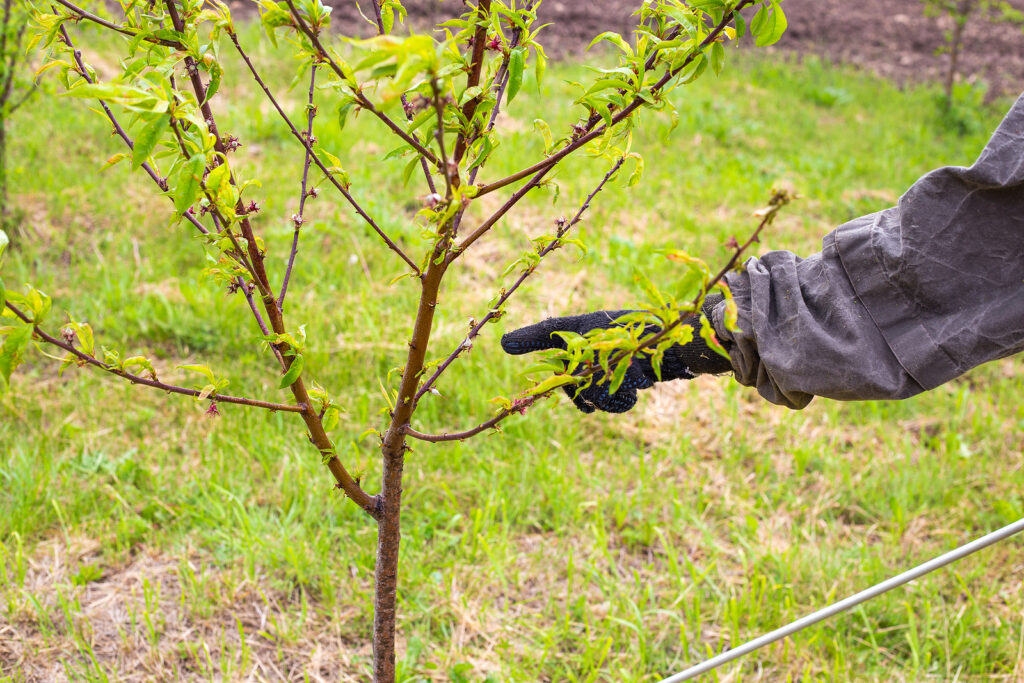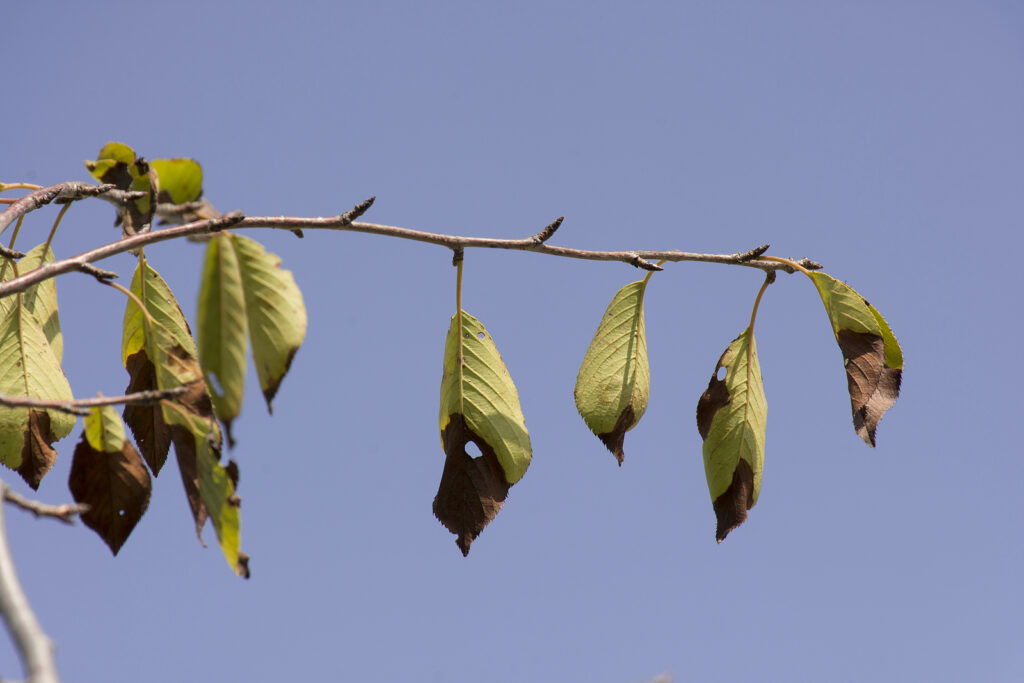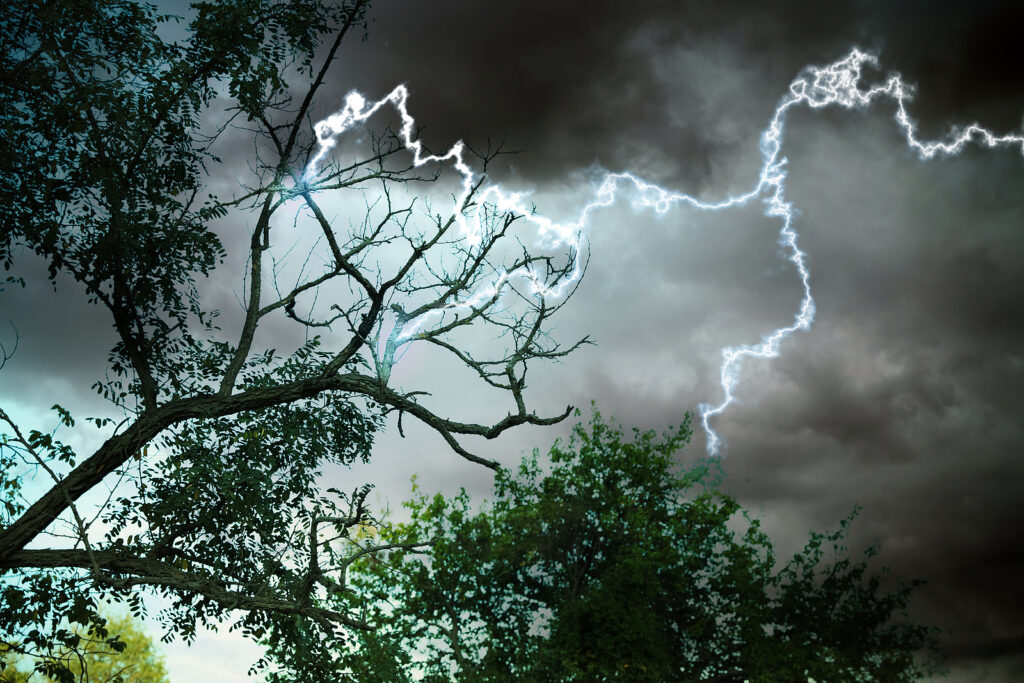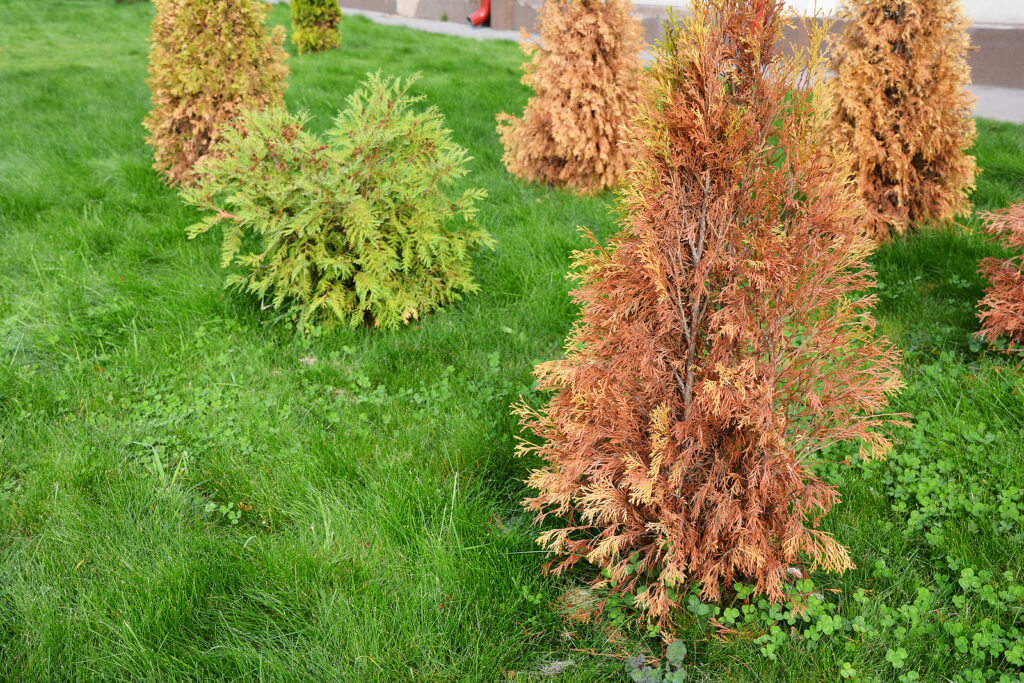When the leaves start to fall from the trees this season, don’t get frustrated. Instead, be grateful. Tree leaves are the perfect composting material and can be used in various applications to improve your property’s landscape. Composted leaves provide several benefits to trees, plants, and lawns because they retain incredible levels of nutrients. They also decompose slowly, which provides roots with steady provisions as the temperatures continue to drop. You can use them for mulching trees and flower beds, or as fertilizer to improve soil conditions in your gardens.
As an environmentally sound gardening and lawn care practice, you can feel good about the landscaping work you do with composted tree leaves. Continue reading to learn the 4 most common methods for composting, and then you can decide which one best fits your landscaping and gardening needs.
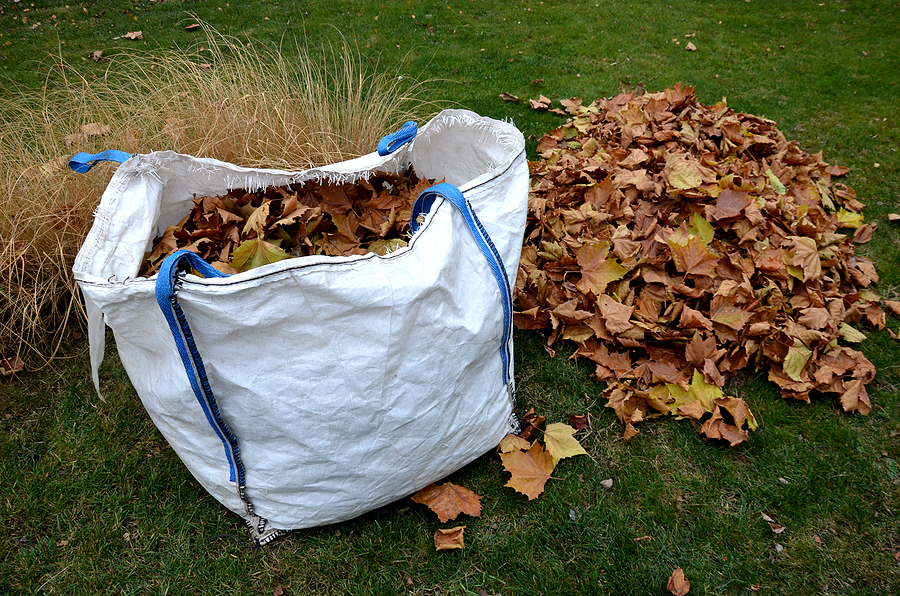
Facts About Seasonal Composting
Compost is organic matter that has undergone a natural decomposition process. It is a dark, crumbling substance with an earthy stench. It can be made from several different types of organic matter. In the case of gardening compost, this can include leaves, grass clippings, weeds, pine needles, chipped twigs and branches, and expended garden plants. Compost can be used as mulch or fertilizer to improve the condition of garden soils. It can enrich soils, loosen heavy soils, preserve moisture in sandy or dry soils, and more. It can also be used in potted plants and containers.
4 Methods of Seasonal Composting:
▶ Piles or Bins
One of the easiest and most popular methods of composting is to create mounds or to use a container. Almost any type of plastic, wood, or metal container is suitable for composting. And you can find one at any local home improvement store for a reasonable price. Instead of using a container, you can simply make a pile in a secluded area of your lawn. Although both methods are equally effective for composting, it is recommended to use a container for wildlife control purposes. If you choose to use a pile, consider installing a wire fence around it to prevent wildlife intrusion and tampering.
▶ Bags
Bagging is a very convenient and easy method for composting, but there is somewhat of a catch. The level of decomposition is not as high as the other methods used for composting. All you need are some heavy-duty plastic garbage bags. Simply put all your materials and ingredients into your plastic bags and wait patiently! In 6 to 8 weeks, you’ll have a decent level of decomposition in your bags.
▶ Trenches
If labor does not intimidate you, trench composting is a great choice for your vegetable gardens. It requires digging trenches into the ground and then filling them with your organic matter and composting materials. The trenches should be dug 10 inches wide and one foot into the ground to be suitable for composting. This method allows leaves to decompose directly at the point of interest, making it a very popular practice among avid gardeners.
▶ Commercial Devices
Using commercial composting devices is beneficial for both residential and commercial needs. Many home improvement stores sell commercial composting devices, such as barrels, bins, and boxes, in wood, plastic, or metal. They are the perfect option for those who do not wish to put too much effort into building or creating a compost workspace. These units are a fill-and-forget operation, making it a convenient method of composting.
Are you looking for trusted seasonal tree care in the surrounding Indy areas? Contact Timberland Tree Care at 317-348-0811 for licensed and insured tree service in Indianapolis, Indiana. We serve residential and commercial customers.
Related Posts:
The Best Methods for Leaf Removal This Fall
Why are My Tree Leaves Brown and Dead at the Edges?
FAQS About Oak Wilt Tree Disease

